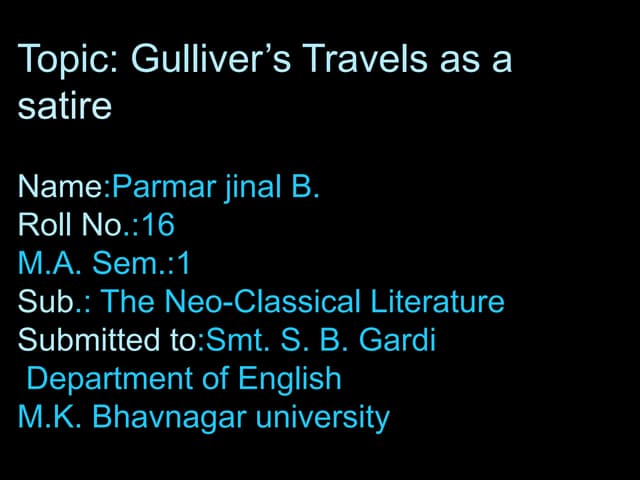
Ramsay dead, the remaining family and friends finally get to the Lighthouse, and the novel becomes a meditation on love, loss, and creativity.

In the third and final section, with Mrs. In the central section, the Lighthouse stands empty as the narrative marks the passage of time and the death of many of the characters. Ramsay is the lens through which most of the perspectives are focused, and her son's desire to go "to the Lighthouse" is the organizing impetus from which the picture takes shape. In the first section, the character of Mrs. Instead, it paints a verbal picture of the members of the Ramsay family and their friends. The complexity of Woolf's writing in To the Lighthouse has become almost proverbially intimidating, as suggested famously in the title of Edward Albee's 1962 play, Who's Afraid of Virginia Woolf? Written from multiple perspectives and shifting between times and characters with poetic grace, the novel is not concerned with plot. Along with James Joyce's Ulysses, it continues to be heralded as a milestone in literary technique. Since Woolf's death in 1941, To the Lighthouse has risen in importance as a focus of criticism concerning issues of gender, empire, and class.


Not only was it a critical success, it was popular too, selling in large quantities to a readership that encompassed a broad spectrum of social classes. Usually regarded as her finest achievement, it won her the Prix Femina the following year, and gained her a reputation as one of Britain's most important living authors. The 1927 publication of Virginia Woolf's To the Lighthouse was a landmark for both the author and the development of the novel in England.


 0 kommentar(er)
0 kommentar(er)
